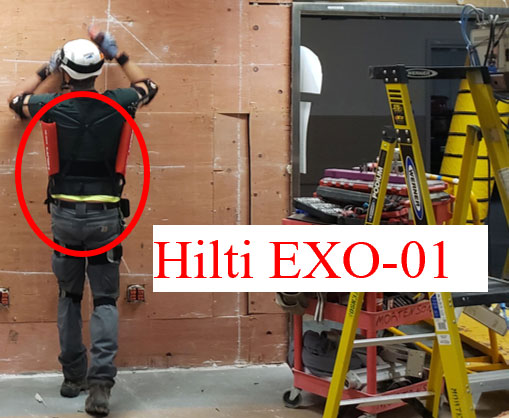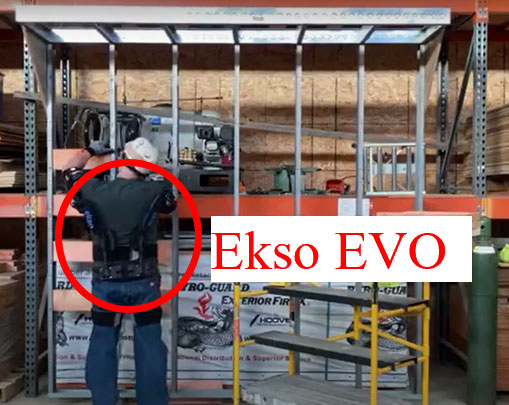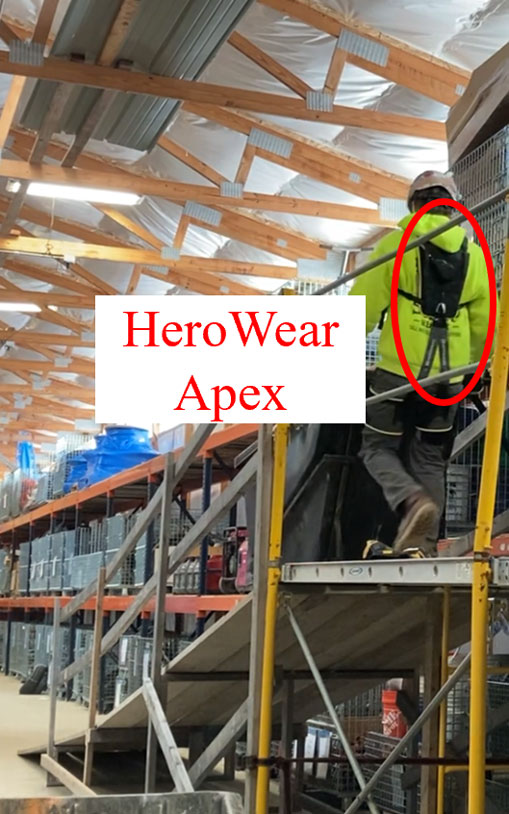By Zhenhua Zhu, Ph.D., P.Eng, and Mariya Sorensen
The construction industry is labor-intensive even with the continuous development and advent of new tools and machines in the market. Millions of people are hired and associated with different trades (e.g., laborer, carpenter, plumber, and electrician). They are heavily involved in the vast majority of skilled manual handling work. Almost 90% of their jobs require manual handling of materials for approximately one-half of their time. [1] The long-time, repetitive, and physically demanding manual handling work exposes them to a great risk of work-related musculoskeletal disorders (WMSDs), a group of painful disorders of muscles, tendons, and nerves caused or aggravated by work.
At present, the industry has not recognized the price, stability, and versatility of active full-body exoskeletons, while arm- and back-support passive exoskeletons, such as Hilti-EXO 01, Ekso EVO, HeroWear Apex, and Ottobock SuitX, have entered the marketing stage and received wide attention. Their effectiveness has been tested in a number of controlled laboratory studies. The results have illustrated that the use of these exoskeletons could help test participants reduce their muscle activity levels, perceived exertion, and metabolic costs, although the magnitude of these beneficial effects depend on specific task conditions and individual differences. For example, more neutral work postures and reduced spinal muscle loading were noted when lifting with low-back exoskeletons. [6] Deltoid muscle strain was also decreased for overhead tasks while using shoulder-assist exoskeletons. [7]















